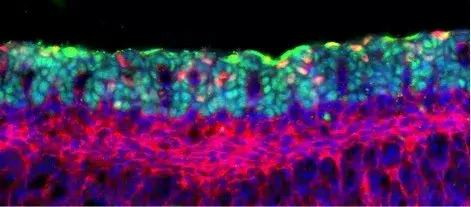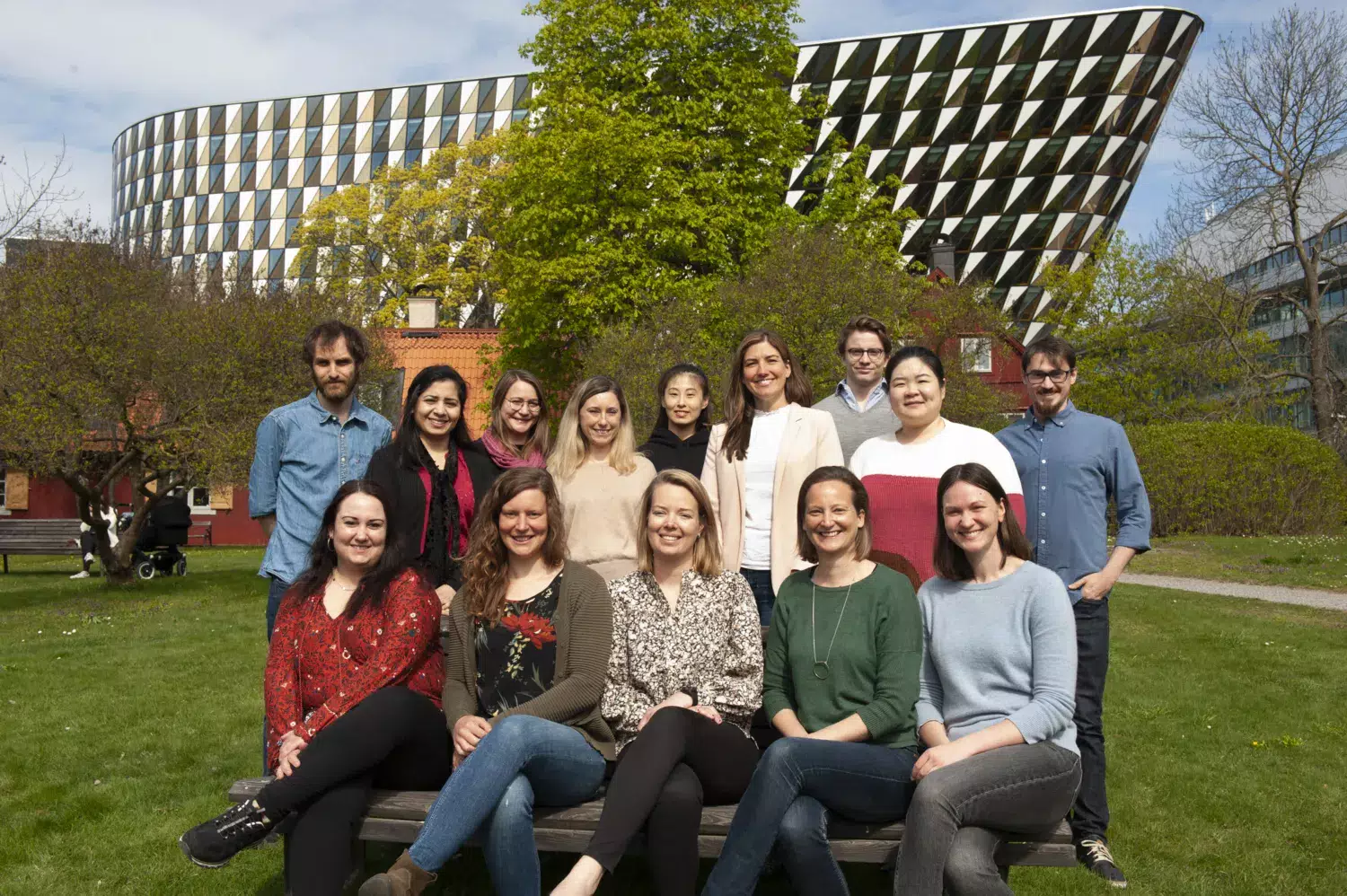Our research
The Andersson Lab is driven by curiosity to elucidate the fundamental principles governing organ system development, with a focus on the molecular and cellular mechanisms that establish precise cellular identities and tissue architectures. As developmental biologists, we investigate how genetic mutations perturb embryogenesis, leading to organ-specific malformations. Our research is at the forefront of technological innovation, integrating next-generation methodologies to interrogate organogenesis and engineer precise perturbations in embryonic development, with an emphasis on the ethical framework of the 3Rs (Replacement, Reduction, Refinement). A central focus of our work is Alagille syndrome, a Notch-signaling disorder that disrupts the coordinated development of multiple organ systems, including the liver and vasculature. To address these complex biological questions, we harness an interdisciplinary toolkit comprising in utero genome engineering, advanced 3D cell culture systems, CRISPR-based cellular modeling, single-cell multiomics, and patient-derived samples. By pioneering novel approaches and leveraging cutting-edge technologies, we aim to redefine our understanding of developmental biology and translate key discoveries into insights with direct relevance to human disease.


